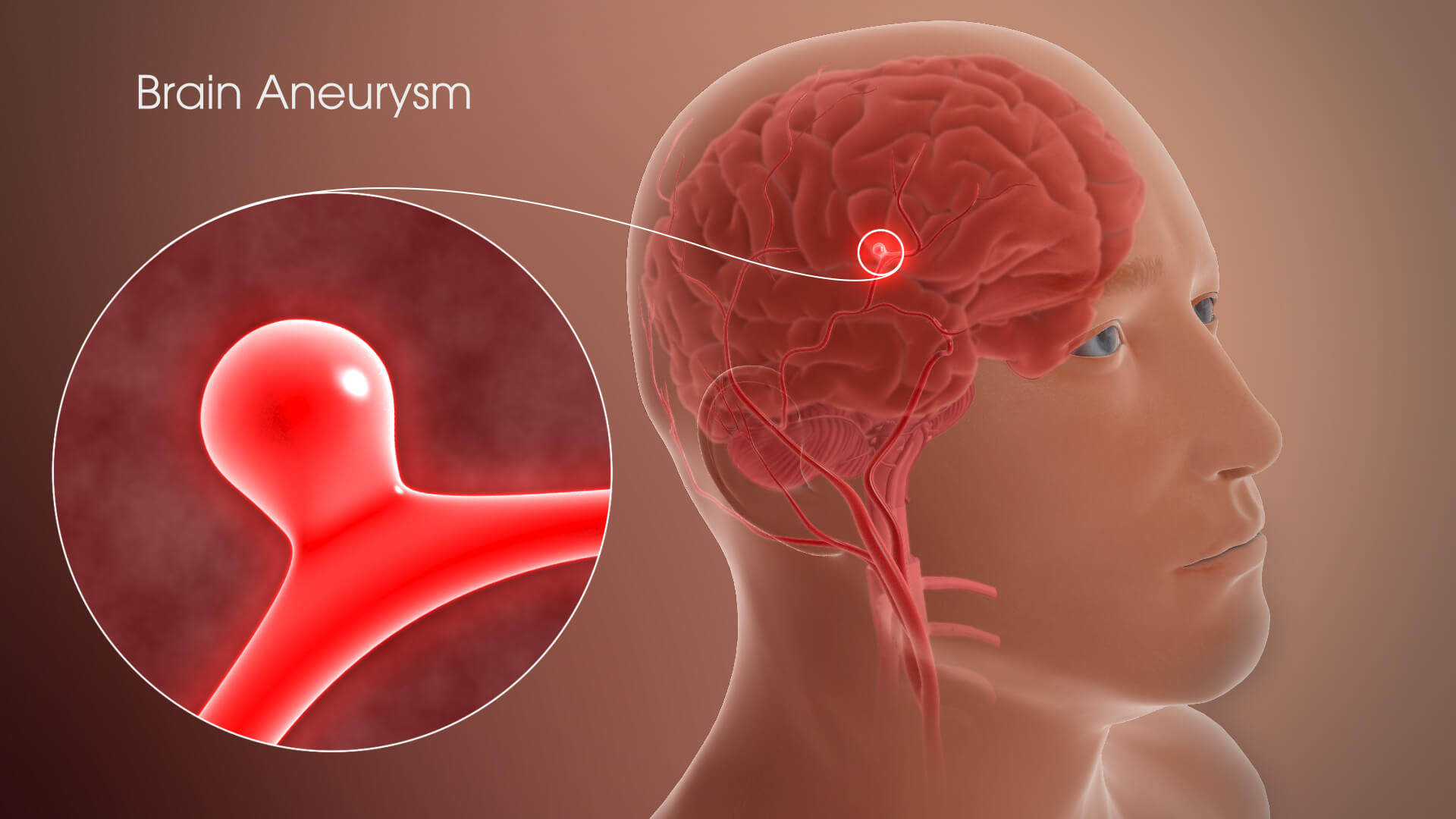In the intricate landscape of our bodies, hidden dangers like cerebral aneurysms lie in wait, poised to unleash catastrophic consequences if left unchecked. These silent assailants, characterized by weak spots in brain arteries, demand vigilant awareness of their subtle symptoms to avert potential disasters.
Brain aneurysms, marked by fragile or thin areas on brain arteries, pose a grave risk of rupture, leading to hemorrhagic strokes and potentially fatal outcomes. Often lurking undetected until they precipitate severe health crises, these silent threats necessitate proactive measures for early detection and intervention.
While some individuals with cerebral aneurysms may exhibit no symptoms, others may experience subtle manifestations of their condition. Unruptured aneurysms may signal their presence through symptoms such as dilated pupils, localized pain, facial paralysis, or visual disturbances. Recognizing these early warning signs is paramount in initiating timely medical intervention and preventing dire consequences.
A ruptured brain aneurysm unleashes a barrage of symptoms, including the dreaded “thunderclap headache,” characterized by sudden, debilitating pain. Additional indicators may encompass double vision, nausea, seizures, and loss of consciousness. Swift medical attention is imperative to mitigate the risk of irreversible neurological damage.
In certain cases, a cerebral aneurysm may undergo a minor leak, resulting in a sentinel bleed that precedes a major rupture. These warning headaches, though infrequent, serve as crucial indicators of impending danger, prompting immediate medical attention to forestall catastrophic outcomes.
While cerebral aneurysms can afflict individuals of any age, certain predisposing factors elevate the risk. Medical conditions and genetic predispositions that weaken artery walls significantly increase susceptibility to aneurysm formation. Connective tissue disorders like Ehlers-Danlos syndrome and Marfan syndrome, as well as polycystic kidney disease, heighten the vulnerability of blood vessels, underscoring the importance of comprehensive familial health evaluations in assessing individual risk profiles.






